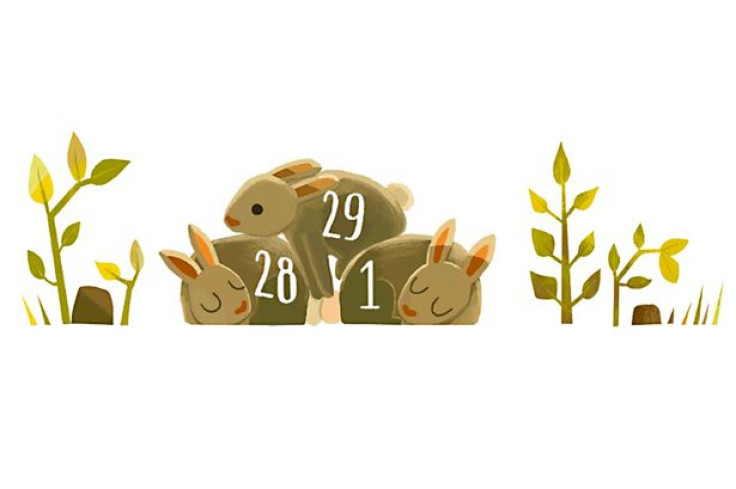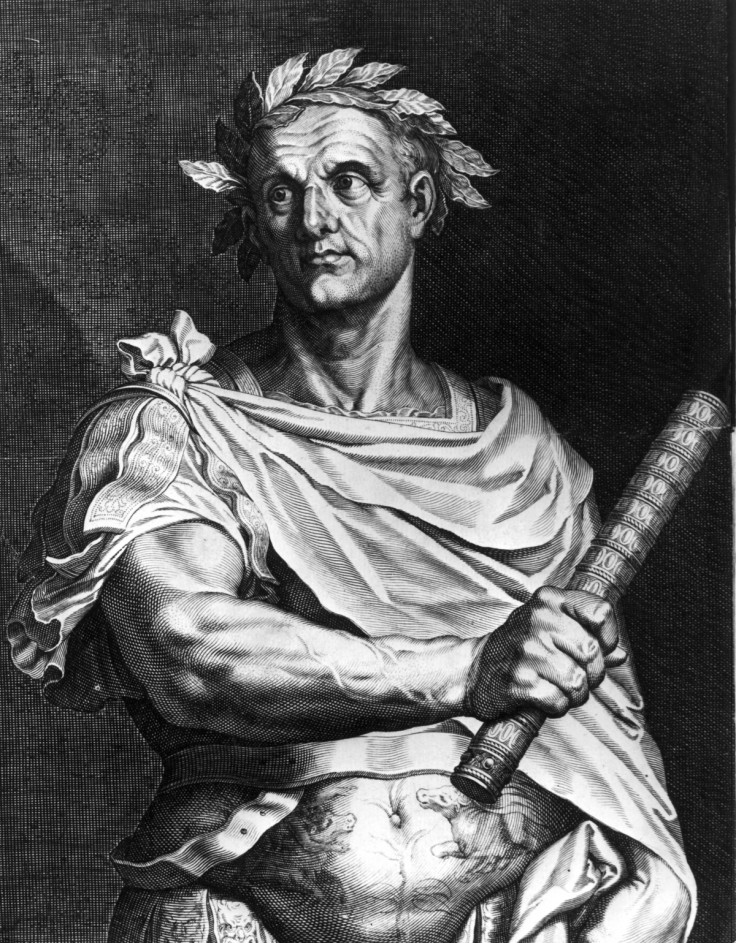Leap Year 2016: Google marks February 29 with bunnies in its latest doodle

Just like the Olympics, it happens every four years, and Google has marked this quadrennial occasion with its search engine doodle recognising February 29.
Showing one bunny jumping over another two, this cute doodle celebrates the Leap Year, which brought the Gregorian calendar into line with the solar year back in 45 BC.

Back then, there were 355 days in the calendar with an extra 22 day month every two years which spurred Julius Caesar into tasking his astronomer Sosignenes with making things a bit easier.
He came up with the idea of adding the extra hours onto one day. The last day of February was chosen because it was the last month of the Roman calendar.
Pope Gregory XIII coined the term "Leap Year" and declared that such a year could be divisible by 100 but not by 400. This means 2000 was a leap year, but 1800 and 1900 were not.
But it is not such good news for workers, who if they are paid a fixed annual or monthly salary, essentially work for free on February 29 because wages are not usually calculated to account for the extra day. Also prisoners with one-year sentences must serve the extra day if the term crosses leap day.
There could also be a spate of women proposing on the day, a tradition thought to have originated from Scotland in 1288 when Queen Margaret, then aged five, declared that a woman could propose to any man she liked.
Those who are born on February 29 are called "leaplings" or "leapers" and in some countries when it is not a leap year, they celebrate their birthday on February 28 or on March 1.
© Copyright IBTimes 2024. All rights reserved.






